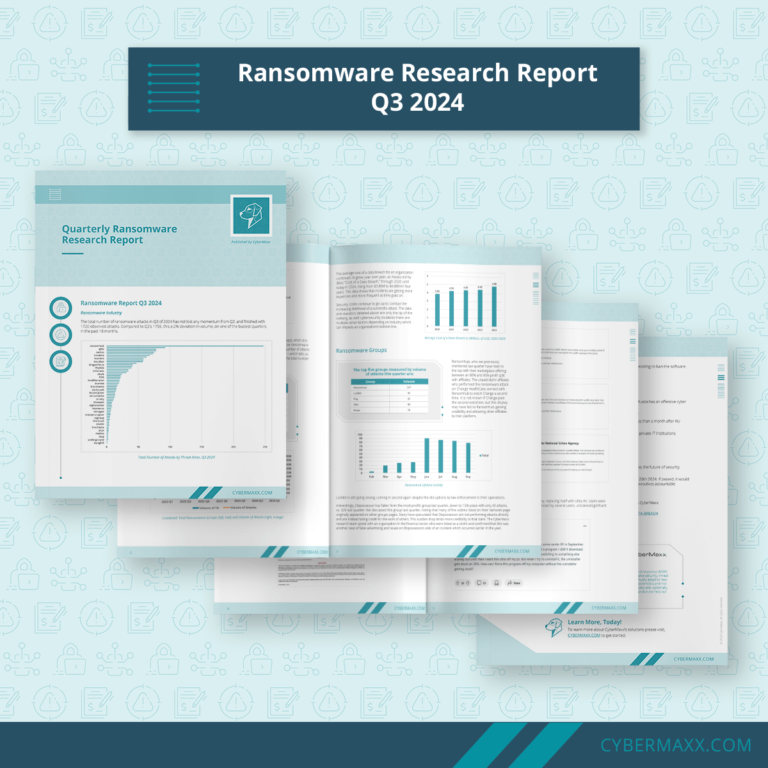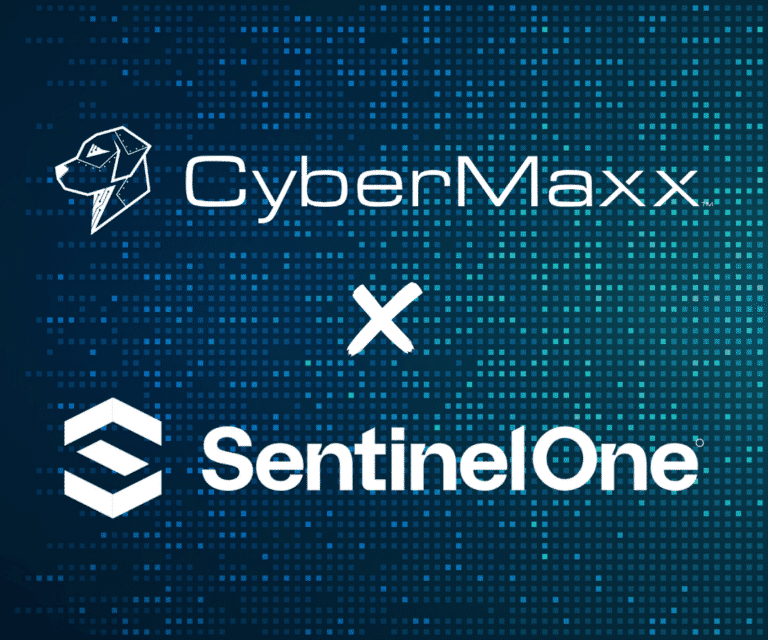Organizations big or small on the daily are besieged by an ever-increasing assault of sophisticated cyberattacks.
Such attacks pose a tremendous challenge for companies. Imagine going on with business as usual and the next thing employees know is the entire network has been hijacked with ransomware and not only is productivity ground to a halt, but now the company has to pony up potentially millions of dollars to regain access.
In some cases it’s worse than just not being able to access data, the company has to transfer large sums of money not only to regain access to their information but stop the bad guys from sharing this information on the internet, potentially giving competitors a competitive advantage or costing the company its reputation as perhaps patient data is now showing on the nightly news.
And as long as attackers continue to exploit the vulnerabilities of an organization’s networks and devices, these companies need to expect the best but be prepared for the worst.
That’s why the proactive approach to cybersecurity is becoming increasingly more critical in today’s business environment to ward off the endless assault of cyber threats that loom around every corner.
What is Proactive Cybersecurity?
Proactive cybersecurity is just like it sounds: the company is taking preventative measures to protect against future infiltrations and hijacks.
This takes into account all potential threats and seeks to identify vulnerabilities before they lead to larger, downtime-causing issues.
More and more organizations are adopting proactive cybersecurity measures to improve their defenses against cyberattacks, gain superior visibility over their data, and better manage the risks associated with coming new regulations in order to stay in compliance.
What Comprises a Proactive Cybersecurity Approach?
There are many ways for a company to proactively prepare for a potential cyberattack. None are right or wrong, better or worse. In fact, when used in conjunction with each other, the process makes for a secure, full-suite approach.
A proactive cybersecurity strategy can include the following components:
- Vulnerability Scanning: Vulnerability scanning involves using automated tools or manual processes to find weaknesses in your network’s security infrastructure (e.g., weak passwords or missing patches). Vulnerability scanning is typically performed at least once per month (We offer these through our vulnerability risk management [MAXX VRM] services)
- Penetration/Ethical Testing: Penetration testing involves simulating real-world attacks against your network to see how well your defenses stand up and whether any weaknesses exist that could be exploited by hackers. This kind of testing helps you understand where you need additional security measures so that you can protect your most valuable assets from cyberattacks.
- Security Awareness Training: Make sure that employees understand how important their role is in keeping your company safe from cyberattacks and breaches. Make sure they know how to spot suspicious activity on their computer or mobile device (such as login attempts from an unfamiliar location).
- A Policy of Least Privilege: Limit users’ access only to the data they need to fulfill their tasks. For example, if a user needs access to sensitive financial information, give him or her access only to that information. If another user needs access to an application that requires this information as part of its function – such as a payroll system – give him or her access only to those functions required for his or her job role. This reduces risks associated with one person having too much control over your network and its resources.
- Managed Detection Response Services: Being proactive could be as simple as identifying an MDR provider to help manage the cybersecurity operations; serving as a trusted partner and extension of the already in place security team.
What Do the Scouts Say? Be Prepared.
Proactive cybersecurity measures help to create a more resilient environment that can react to threats faster and more efficiently while preparing the organization for potential future attacks.
Remember at the beginning of the opening scenario, a threat may not be imminent, but an attack could spell doom and gloom over a thriving company. Being prepared for a situation like this can set a company ahead of the competition.
There are countless ways a company can approach cybersecurity initiatives, this list provides a good starting point to both protect and defend against these cyber attacks.






